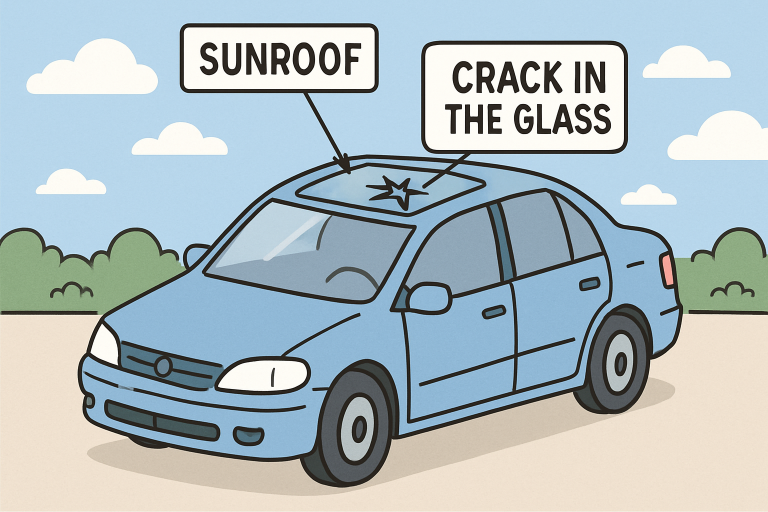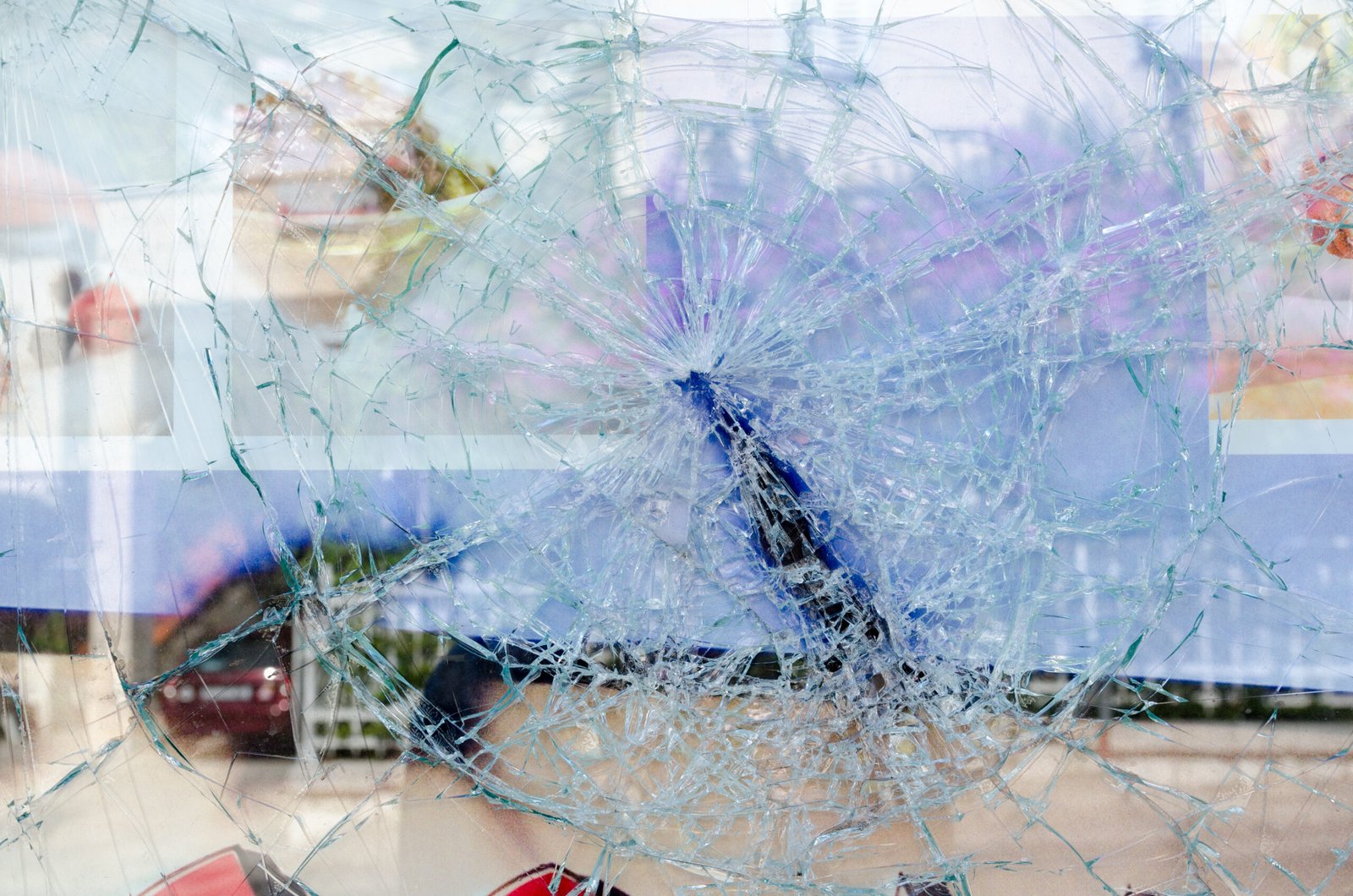Key Takeaways
- Environmental factors, improper use, and manufacturing defects can damage sunroof glass.
- Regular maintenance and mindful usage are essential to prevent sunroof damage.
- Promptly addressing any signs of damage can prevent more extensive and costly repairs.
Introduction
Sunroofs offer a refreshing combination of fresh air and sunlight, enhancing the driving experience. Despite their benefits, the unique position and design of sunroofs make them susceptible to a particular set of hazards that can cause glass damage. If your sunroof is already compromised or you’re seeking expert repair, consider visiting an auto sunroof shop for professional help and to ensure your vehicle remains safe and comfortable.
Recognizing the sources and signs of sunroof damage is crucial for vehicle owners. Proactive care and timely repairs not only help preserve the integrity of your vehicle’s sunroof but can also prevent potentially expensive problems down the road.

Environmental Factors
Exposure to varying weather and environmental conditions significantly impacts the durability of sunroof glass, especially in commercial truck glass repair scenarios. Major ecological threats include:
- Hailstorms: Large, hard hailstones can strike your sunroof unexpectedly, causing cracks or even shattering the glass. Whenever possible, park your vehicle in a garage or under a carport to minimize the risk during stormy weather.
- Temperature Fluctuations: Extreme shifts in temperature—such as moving from cold winter nights to hot daytime sun—can stress the glass, resulting in tiny fractures known as stress cracks.
- Sun Exposure: Constant exposure to sunlight and UV rays not only weakens the glass itself but also degrades the seals, leading to leaks or additional vulnerabilities in the glass structure.
Improper Use and Maintenance
While robust, the longevity of a sunroof relies heavily on proper use and regular maintenance:
- Neglecting Maintenance: Dust, dirt, and leaves easily collect in the sunroof’s tracks and drains, causing blockages. It can create drainage issues, leading to internal water leaks and potential problems electrical around the sunroof.
- Improper Operation: Trying to force the sunroof open or closed, operating it with snow or ice on top, or using the mechanism when blocked can put excessive pressure on both the motor and the glass.
- Overloading: The glass is not designed to bear substantial weight. Placing heavy items—such as luggage or large sports equipment—on top of the sunroof can cause the glass and mountings to flex, making them prone to cracks or sudden shattering.
Manufacturing Defects
Not all sunroof damage is due to external conditions. Sometimes, flaws in materials or artistry are to blame:
- Faulty Glass: During manufacturing, imperfections such as air bubbles, uneven curing, or contamination can weaken glass, making it susceptible to sudden, spontaneous shattering, even when at rest.
- Defective Seals: Poorly fitted or low-quality seals are more likely to fail, causing leaks or allowing debris to damage both the sunroof assembly and your car’s interior.
According to Transport Canada, while some spontaneous breakages are traced to manufacturing faults, most cases are still due to external impacts or environmental conditions.
Preventive Measures
Keeping your sunroof in good working order takes a little effort, but the results pay off over the long term. Key preventive actions include:
- Regular Inspections: Check for small chips, cracks, or signs of water intrusion to catch problems before they escalate into severe issues.
- Cleanliness: Remove debris from the sunroof’s drainage channels and clean the glass regularly to prevent buildup that can cause blockages.
- Proper Use: Always operate your sunroof as recommended by the manufacturer, avoiding forced or abrupt movements.
- Protective Parking: Whenever feasible, choose shaded or covered parking to shield the glass from UV rays, debris, and hail.
Addressing Sunroof Damage
Quick action is key if you spot signs of damage on your sunroof. Depending on the severity, here’s what you should consider:
- Minor Chips or Cracks: Often, small flaws can be professionally repaired before they worsen. Addressing them early can restore structural integrity without requiring full replacement.
- Significant Damage: When the glass is deeply cracked, shattered, or its structural function is compromised, full sunroof replacement is usually necessary. Continuing to drive with a damaged sunroof risks leaks, further breakage, and even safety hazards.
Always consult an experienced auto glass specialist for an accurate assessment of damage and a tailored repair plan. Attempting DIY fixes can lead to more complicated repairs or additional costs.
Conclusion
A sunroof adds beauty and practicality to your vehicle, but it also requires consistent attention to stay in optimal condition. By understanding the potential causes of glass damage—ranging from unpredictable weather to manufacturer defects—and practicing regular inspection and maintenance, you can extend the life of your sunroof and avoid preventable repair costs. Investing a little time in sunroof care today can preserve your enjoyment and peace of mind on the road for years to come.
YOU MAY ALSO LIKE: jablw.rv: Your Portal to Infinite Virtual Worlds

